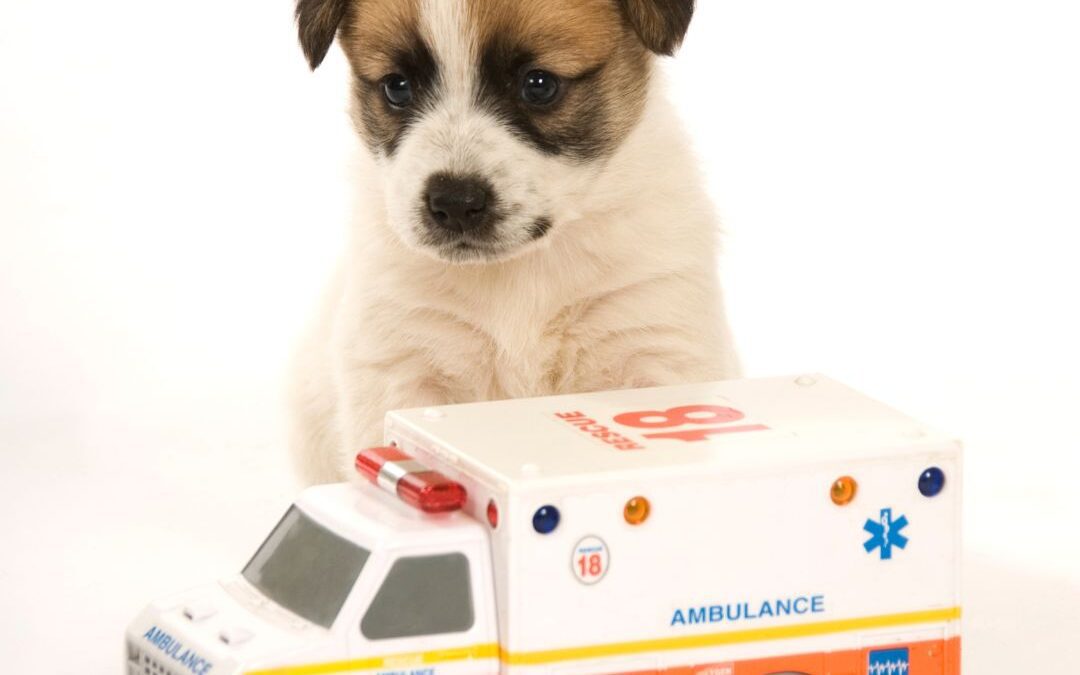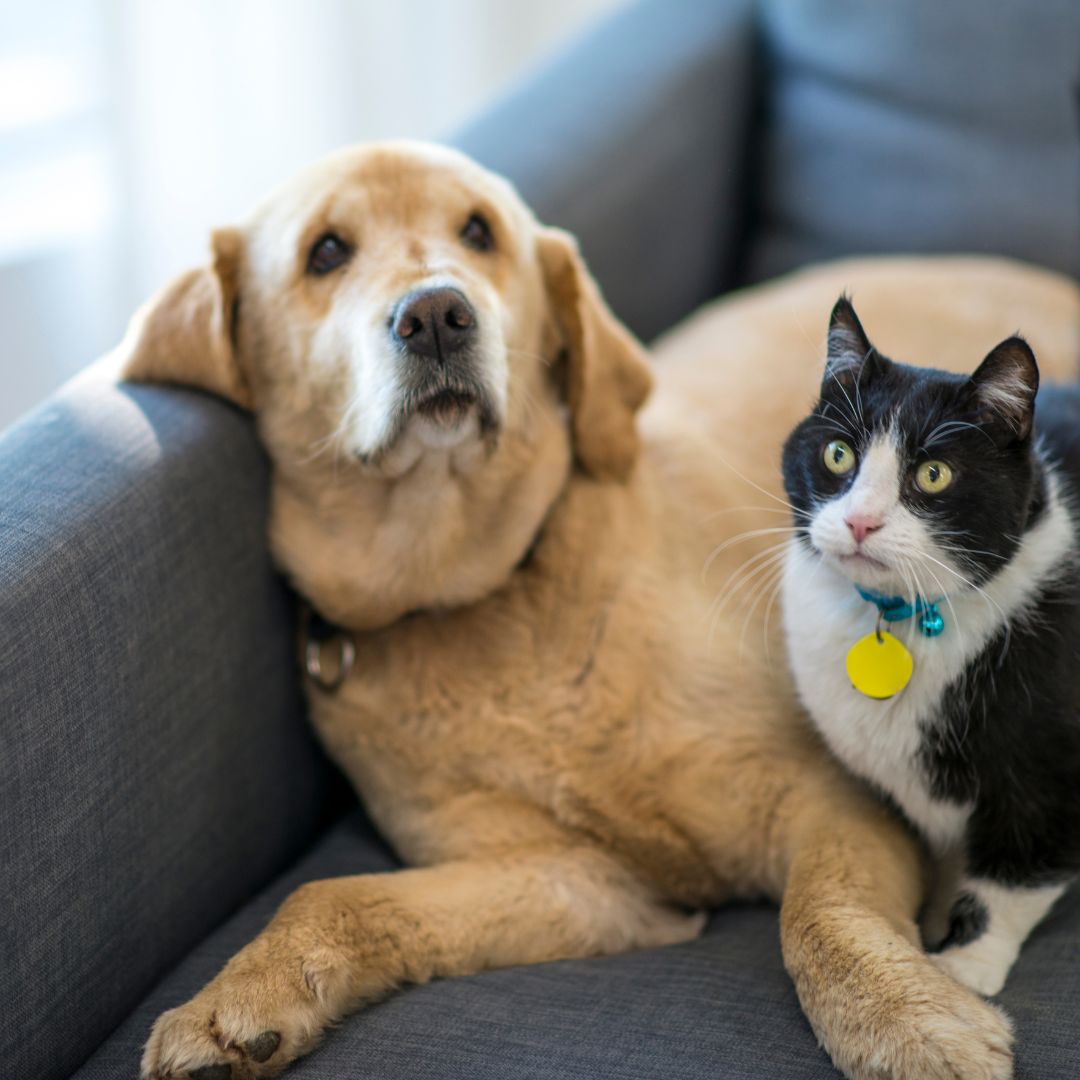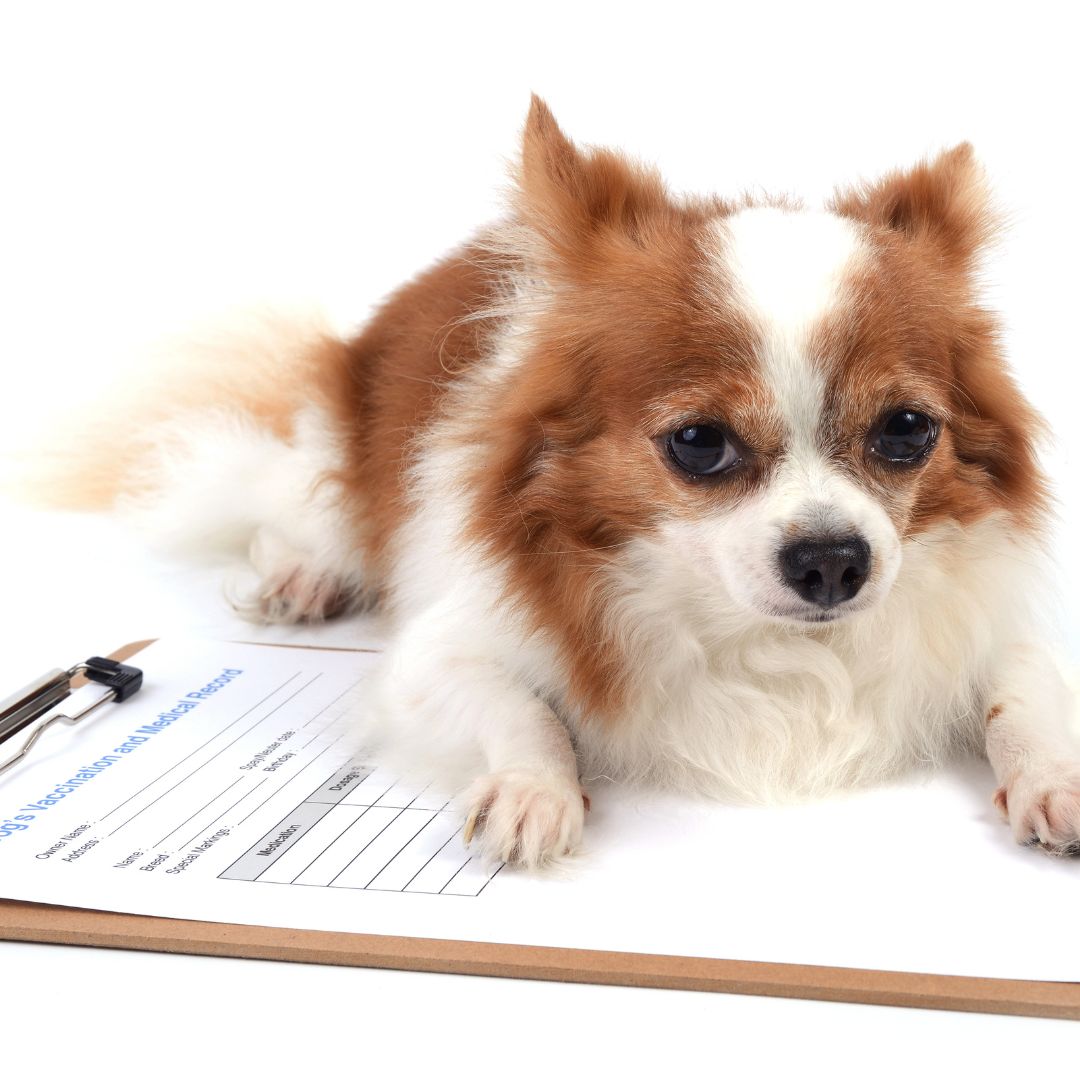Let’s say you go on a cruise and leave your pet with a pet sitter. While you’re out at sea, your pet becomes violently ill and needs emergency medical care. But your pet sitter can’t reach you.
Your pet sitter needs a detailed plan of action for how to care for your furry family member. A pet emergency authorization form, also known as a treatment authorization form, gives the caregiver the authority to make critical decisions about your pet in situations where they can’t get in touch with you during an emergency.
Other common scenarios that require an emergency authorization form
1. Natural disasters
In the event of a natural disaster such as a wildfire, earthquake, flood, or hurricane, you may be unable to care for your pet. The authorization form allows a trusted individual to ensure your pet’s safety and well-being.
2. Personal emergencies
If you are involved in an accident, become hospitalized, are incapacitated or are otherwise unable to communicate, the authorized person can make critical decisions about your pet’s care.
3. Unexpected absence
When you’re detained or unable to reach home, a designated emergency contact can provide peace of mind.
4. Legal or Mental Health Issues
In situations where you are legally incapacitated or facing mental health challenges, an authorization form provides a mechanism for someone else to make decisions about your pet’s care.
5. Legal or Regulatory Requirements
Some jurisdictions require pet owners to have a designated emergency contact in case of unforeseen circumstances. Check with your veterinarian to see whether this is the case in your locale.
What to Include on Your Pet’s Emergency Authorization Form
The document provides legal permission for a designated caregiver to make emergency decisions about your pet’s medical care if you can’t be reached. You’ll need a separate authorization form for each pet you own.
There are lots of emergency authorization templates available online for free. Ask your veterinarian if they have a form you can use, or create your own. Here is the information the form usually includes:
Pet Information
- Photo of your pet
- Your pet’s name, age, species, breed
- Microchip number and registration information
- Medical conditions, allergies, current medications and supplements
- Location of your pet’s leash, harness, collar, and/or crate
Owner Information
Your name, address, and contact information
Emergency Contact Information
The name, contact info, and signature of your authorized emergency contact(s)
Veterinary Information
The name, address, and contact information of your family veterinarian, as well as the closest veterinary emergency clinic
Medical Records
A copy of your pet’s medical records should accompany the authorization form
Pet Insurance
If your pet has insurance, include the policy number and contact information for the insurance company
Authorized Care
Specific instructions about the type of care you do and do not authorize
Euthanasia
Specify whether you authorize euthanasia, and if so, under what circumstances.
Financial Authorization
Emergency care can be expensive, especially if surgery or hospitalization is required. Many veterinary facilities, particularly emergency hospitals, will not provide treatment until they receive a down payment.
Before you leave your pet with a pet sitter, decide on the level of financial responsibility you will accept for emergency care, and relay this information to your pet-sitter.
Many pet owners specify a dollar amount that the pet sitter is authorized to spend on emergency treatment, which could include emergency surgery, blood transfusions, and life-saving medications.
As an alternative, some pet owners provide credit card authorization or a blank check (with a spending limit specified) to either the pet sitter or to a trusted family member or neighbor.
Start and End Date
The dates for which the authorization is valid
Signature
Your signature and the date
Contact Your Veterinarian
Before you leave, have your pet evaluated by your veterinarian, discuss the treatment authorization form with the vet, and let them know who you have designated to care for your pet while you’re away.
Provide Copies
Give signed copies of the emergency authorization document to your pet sitter, your veterinarian, and keep a copy with you.
By having a pet emergency authorization form in place, you can ensure that your pet receives lifesaving care in a timely manner, even when you are unable to be there.





